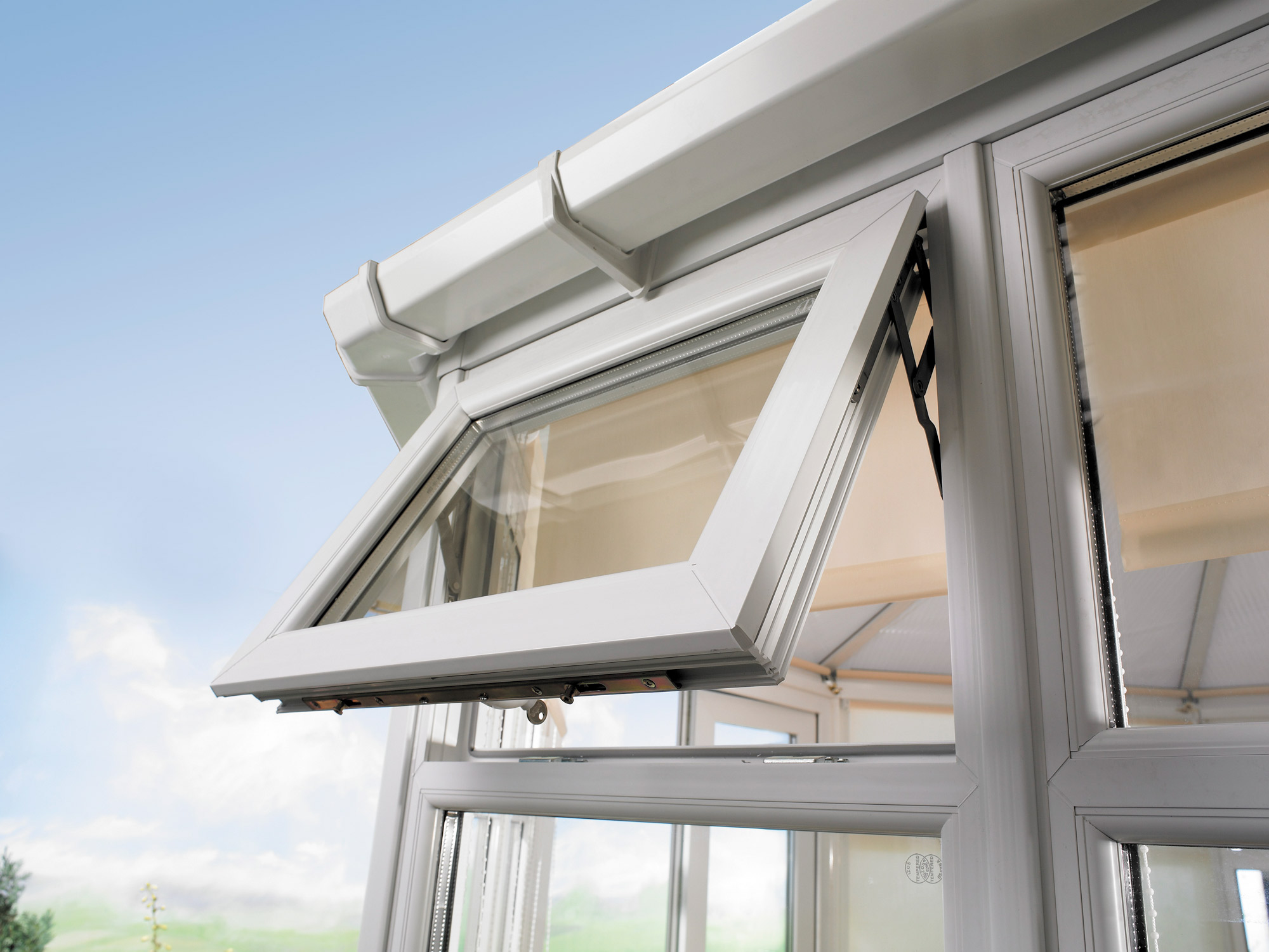Bay Window Cost
A window space that projects outward from the main walls of a building, creating a bay in a room and increasing the flow of natural light.
Average Price Range
Energy Rating
Security Rating
Typical Lifespan
Bay windows create an architectural statement that transforms both the interior and exterior of a property. Projecting outward from the main walls of a building, these distinctive windows create a bay or alcove within the room while adding character and dimension to the façade. Their expansive design typically incorporates three or more panels set at angles or in a curve, dramatically increasing natural light and creating a sense of spaciousness within the property. The origins of bay windows can be traced to the Gothic period, but they reached peak popularity during the Victorian and Edwardian eras when they became synonymous with elegant residential architecture. Today, they remain a coveted feature in period renovations and contemporary designs alike, enhancing property value through their aesthetic appeal and practical benefits. Bay windows come in several structural variations. Box bay windows feature straight angles that form a square or rectangular projection, often with a flat roof. Bow windows create a gentle curve with four or more panels, offering a softer architectural statement. Oriel bay windows are supported by brackets or corbels rather than extending to the ground, frequently appearing on upper floors of period buildings. Beyond their aesthetic appeal, bay windows offer practical advantages that enhance living spaces. The additional floor area created within the bay can serve as a cozy seating nook, display area, or reading corner. The multiple window panels provide panoramic views and cross-ventilation options unmatched by flat windows. Their projecting design also captures light from multiple angles, maximizing solar gain throughout the day and reducing the need for artificial lighting, while creating interesting shadow patterns that add visual interest to interiors.
Advantages
- Increases interior space
- Brings in more natural light
- Creates panoramic views
- Adds character to properties
- Can increase home value
Disadvantages
- Complex installation
- Higher cost than flat windows
- May require structural modifications
- More surfaces exposed to elements
Best Suited For
Living rooms
Dining rooms
Feature walls
Properties needing more light
Bay Window Replacement Costs
The table below shows average replacement costs for Bay Window windows of different sizes, including supply and installation. Prices may vary based on specification, glazing options, and your location.
| Window Size | Supply Only | Installation | Total Cost | Time to Install |
|---|---|---|---|---|
| Small (600 × 900mm) | £375 | £150 - £250 | £575 | 2-3 hours |
| Medium (1000 × 1200mm) | £650 | £200 - £300 | £900 | 3-4 hours |
| Large (1200 × 1500mm) | £1,000 | £250 - £350 | £1,300 | 4-5 hours |
| Extra Large (1800 × 2100mm) | £1,425 | £300 - £450 | £1,800 | 5-6 hours |
Cost Factors
Factors that increase cost:
- Triple glazing (+15-25%)
- Acoustic glass for noise reduction (+10-20%)
- Enhanced security features (+5-15%)
- Custom finishes or colors (+5-10%)
Ways to save on cost:
- Multiple window replacement discount (10-15%)
- Standard sizing rather than custom dimensions
- Off-peak installation (winter months)
- Comparing quotes from multiple installers
Cost Comparison by Material
Different materials affect both the initial cost and long-term value of your Bay Window windows. Below we compare typical costs and benefits:
| Material | Price Range | Energy Efficiency | Lifespan | Maintenance |
|---|---|---|---|---|
| uPVC | £520 - £650 | Good (A-C) | 20-25 years | Low |
| Aluminum | £780 - £975 | Good (B-C) | 30-40 years | Low |
| Timber | £910 - £1170 | Good (B-C) | 30+ years | Medium-High |
| Composite | £1040 - £1300 | Excellent (A+) | 30-40 years | Low |
Long-Term Value Considerations
While uPVC is typically the most affordable option for Bay Window windows, materials like timber and composite may offer better long-term value when considering lifespan, property value enhancement, and energy savings.
Initial Investment
uPVC offers the lowest upfront cost, while composite materials represent the highest initial investment.
Energy Savings
Composite and modern timber windows often provide the best thermal performance, resulting in higher energy savings.
Property Value
Timber and composite windows typically add more to property value, especially in period properties.
Key Features
Projects outward from home
Creates additional interior space
Multiple window panels
Often features a window seat
Opening Mechanisms

Side-Hinged
Window opens outward from a side hinge like a door.
Advantages
- Provides full opening
- Good for emergency exits
- Simple mechanism
Disadvantages
- Requires space outside for opening
- Can be caught by wind
Maintenance
Maintenance Requirements
Medium - multiple panels and joins require regular inspection
Typical Lifespan: 20-30 years
Bay Window Variations

Box Bay
Square bay with 90-degree angles between window panels.

Bow Bay
Curved bay with multiple panels creating a rounded appearance.
Material Options
Excellent Compatibility
Timber
Excellent Compatibility
Traditional choice for bay windows
Composite
Excellent Compatibility
Excellent performance in bay configurations
Good Compatibility
uPVC
Good Compatibility
Cost-effective option for bay windows
Aluminum
Good Compatibility
Modern look but thermal concerns without breaks
Installation Guide
Installing Bay Window typically involves measuring the window opening, removing existing windows, preparing the opening, and installing the new window frame. Professional installation is recommended to ensure proper fitting, sealing, and functionality.
Installation Process
- Measuring - Accurate measurement of the window opening
- Removal - Careful removal of existing windows
- Preparation - Clean and prepare the window opening
- Installation - Position and secure the new window frame
- Sealing - Apply proper sealing to ensure weatherproofing
- Finishing - Complete internal and external finishing work
- Testing - Check operation and make adjustments
Professional Installation
Professional installation ensures proper fitting and sealing
Installers have the right tools and equipment for the job
Installation typically takes 1-2 days depending on the number of windows
Professional installation often includes warranty and after-service